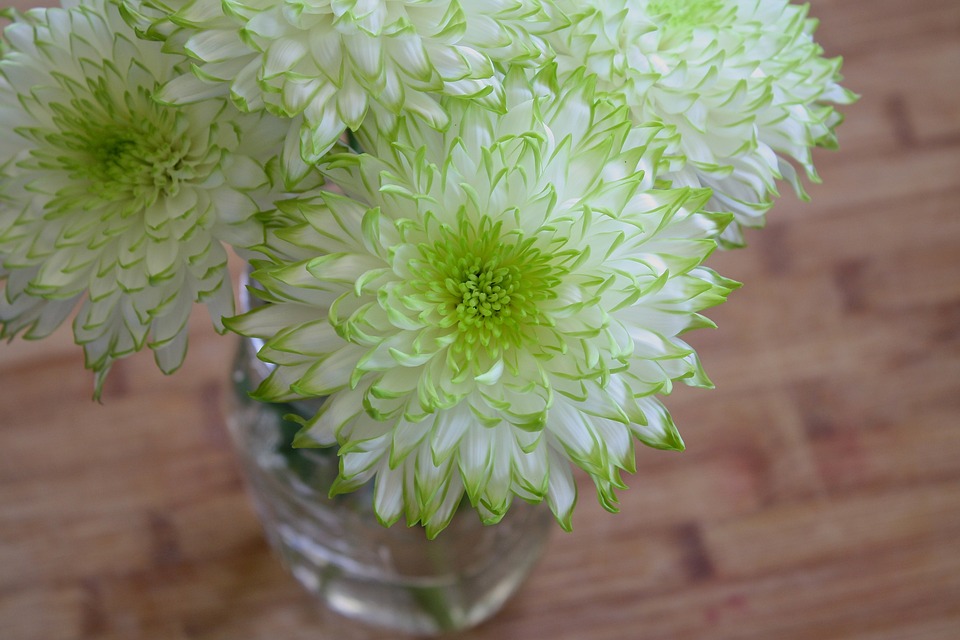Introduction
Over the past decade, there has been a significant rise in the popularity of indoor gardens, especially among millennials. This generation, born between the early 1980s and late 1990s, has shown a remarkable interest in green living and sustainable practices. As sustainability and environmental consciousness become more significant concerns in today’s society, millennials are finding creative ways to bring nature into their homes. One such trend is the rise of indoor gardens, allowing them to enjoy the benefits of nature and contribute to a greener planet right from their own living space.
Benefits of Indoor Gardens
Indoor gardens offer numerous benefits that have contributed to their increasing popularity. Firstly, they provide a therapeutic experience by reducing stress, anxiety, and promoting mental well-being. Research has shown that having plants indoors can improve air quality by filtering out harmful pollutants. Additionally, indoor gardens allow millennials, many of whom have limited outdoor space, to connect with nature and enjoy the beauty of plants without the need for a traditional garden.
Types of Indoor Gardens
There are various types of indoor gardens that millennials have embraced. One popular option is the herb garden, where fresh herbs like basil, mint, and parsley can be grown and used in cooking. This not only provides a sustainable source of herbs but also adds flavor and freshness to meals. Another type is the vertical garden, which maximizes space by growing plants on vertical surfaces like walls or hanging planters. This is particularly suited for small apartments where space is limited. Lastly, terrariums have gained popularity among millennials due to their low maintenance requirements and visually appealing designs. Terrariums are self-sustaining ecosystems enclosed within glass containers, requiring minimal watering and maintenance.
Tools and Technology
Millennials have also embraced technology to support their indoor gardening endeavors. Smartphone apps and devices, such as smart planters or automated watering systems, have made it easier for them to monitor and care for their plants. These tools provide real-time information about factors like soil moisture, temperature, and sunlight, allowing millennials to adjust their gardening practices accordingly. The combination of technology and green living has created a seamless and convenient way for millennials to maintain their indoor gardens.
Community and Social Media
Millennials are known for their love of community and sharing experiences through social media. Indoor gardening has become a popular topic on various platforms, creating a sense of community among like-minded individuals. Online forums, Facebook groups, and Instagram accounts dedicated to indoor gardening provide a space for millennials to seek advice, share tips, and showcase their own indoor gardens. This sense of belonging and the ability to connect with others who share their interests has contributed to the growth of indoor gardening among millennials.
Sustainable Practices
One of the reasons why millennials are embracing indoor gardens is their commitment to sustainability. By growing their own food, reducing food miles, and avoiding harmful pesticides, they are actively participating in a more sustainable lifestyle. Additionally, indoor gardens often utilize natural or LED lighting, reducing energy consumption compared to traditional outdoor gardens. Millennials are not only incorporating green living into their homes but also aligning their lifestyle choices with their environmental values.
FAQs
Question 1: How much space do I need for an indoor garden?
Answer: The space required for an indoor garden depends on the type and size of the plants you wish to grow. Herb gardens can be grown in small containers on a windowsill, while larger plants might require more floor space. Vertical gardens and terrariums are excellent options for those with limited space, as they maximize vertical surfaces.
Question 2: Do indoor gardens require a lot of maintenance?
Answer: The level of maintenance required for indoor gardens varies depending on the plants chosen. Some plants, like succulents or cacti, require minimal watering and care, making them ideal for those with busy lifestyles. Other plants may require regular watering, pruning, and occasional fertilizing. However, with the help of technology and smart devices, maintaining indoor gardens has become more convenient and manageable.
Question 3: Can I grow vegetables in an indoor garden?
Answer: While it is possible to grow certain vegetables indoors, not all vegetables thrive in indoor conditions. Leafy greens like lettuce or herbs are more suitable for indoor gardening due to their low-light requirements and compact size. However, larger vegetables like tomatoes or cucumbers may require more space, special lighting, and care to ensure successful growth.
Question 4: Are indoor gardens suitable for beginners?
Answer: Absolutely! Indoor gardening is a great option for beginners as it allows them to start small and gradually expand their garden. Low-maintenance plants like succulents or spider plants can be great choices for beginners. Additionally, there are plenty of online resources, tutorials, and communities available to provide guidance and support along the journey of indoor gardening.




